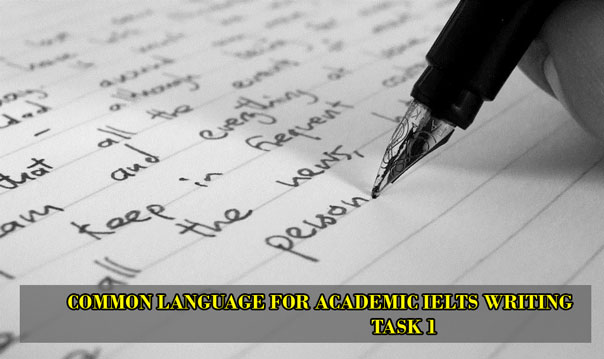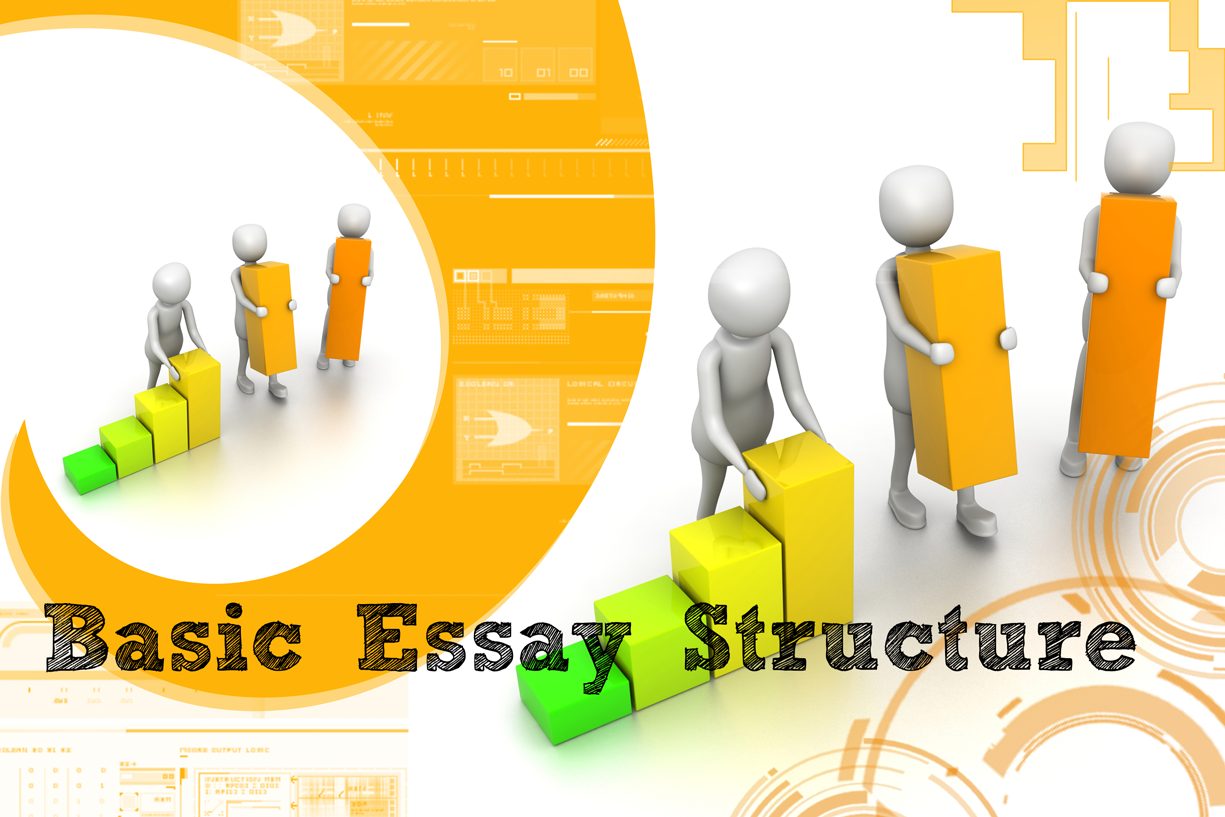COMMON LANGUAGE FOR ACADEMIC IELTS WRITING TASK 1

Academic IELTS Writing Task 1 is basically asking us to describe trends, so first of all, HOPECO'd like to look at some of the most common language used to describe trends.
TO INDICATE UPWARD MOVEMENT
Nouns / Verbs
- a rise / to rise
- an increase / to increase / to go up
- a climb / to climb
- a jump / to jump
TO INDICATE DOWNWARD MOVEMENT
Nouns / Verbs
- a fall / to fall
- a drop / to drop
- a decline / to decline
- a decrease / to decrease
TO INDICATE STABILITY AND FLUCTUATION
- to level off at...
- to remain stable at...
- to remain steady at...
- to fluctuate
- to reach a peak
- to hit a trough
As well as having language to describe the trend, we also need to be able to describe the degree of difference.
DEGREE OF DIFFERENCE
Large difference
- X increased rapidly / sharply / dramatically / significantly (adverbs to go with verbs).
- There was a rapid / sharp / dramatic / significant increase (adjectives to go with nouns).
- X decreased suddenly / abruptly / steeply (adverbs to go with verbs).
- There was a sudden / abrupt / steep decrease (adjectives to go with nouns).
Small difference
- X increased steadily / moderately / slightly / gradually / slowly (adverbs to go with verbs).
- There was a steady / moderate / slight / small increase (adjectives to go with nouns).
- X decreased steadily / moderately / slightly / gradually / slowly (adverbs to go with verbs).
- There was a steady / moderate / slight / gradual / small decrease (adjectives to go with nouns).
PUTTING IT ALL TOGETHER
One of the biggest problems students tell me they have when answering Academic IELTS Writing Task 1 is actually putting all this language together to make a coherent response to the question.
IELTS Writing responses require a systematic approach and I usually give my students the following two example tables so they can organise their answers well and achieve the best IELTS score possible.
Time period / Subject of the sentence / Verb to describe change / Adverb to describe how much change
E.g.
- From January to February, sales rose dramatically.
- From February to April, sales fell slightly.
- From April to June, sales increased moderately.
- Time period /'there' + verb 'to be' in appropriate tense to introduce the subject /
Adjective to describe the amount of change / Noun to describe change
E.g.
- From January to February, there was a dramatic rise in sales.
- From February to April, there was a slight fall in sales.
- From April to June, there was a moderate increase in sales.
Now let's look at the individual columns in greater detail so that we can get more variety of language in our answer. I have seen many students simply write 'a catalogue of details' (and then it went up, then it went down, then it increased again etc) when they answer an IELTS Writing Task 1; a variety of expressions is necessary to make your writing more interesting and get a higher band score.
TIME PERIOD
- 'From January to February.....'
- For one month
- Over the next month
- For a period of one month
- During the next month
SENTENCE SUBJECT
When you describe change, it is important to be clear about what exactly is changing. Let's say, for example, that the topic of the graph in the two tables was 'cars'. We cannot say 'cars increased' but 'the sales of cars increased' or 'car sales increased'.
If the graph was describing the increase in cars on Sydney roads, then we would say 'the number of cars increased' or 'car numbers increased'.
VERBS, ADVERBS, NOUNS AND ADJECTIVES
See the selection at the beginning of the post.
Keep these guidelines in mind when doing practice IELTS Writing Task 1; you'll soon find that using a variety of language will come naturally to you and that your answer will have a clear structure.
Mọi thông tin chi tiết, các bạn vui lòng liên hệ:
DU HỌC UNIGLOBE
10/3 Nguyễn Thị Minh Khai, Phường Đa Kao, Quận 1, TP.HCM
ĐT: (08) 35 173 345 – 35 173 678
Email: info@uniglobe.edu.vn
Website: www.uniglobe.edu.vn






bình luận